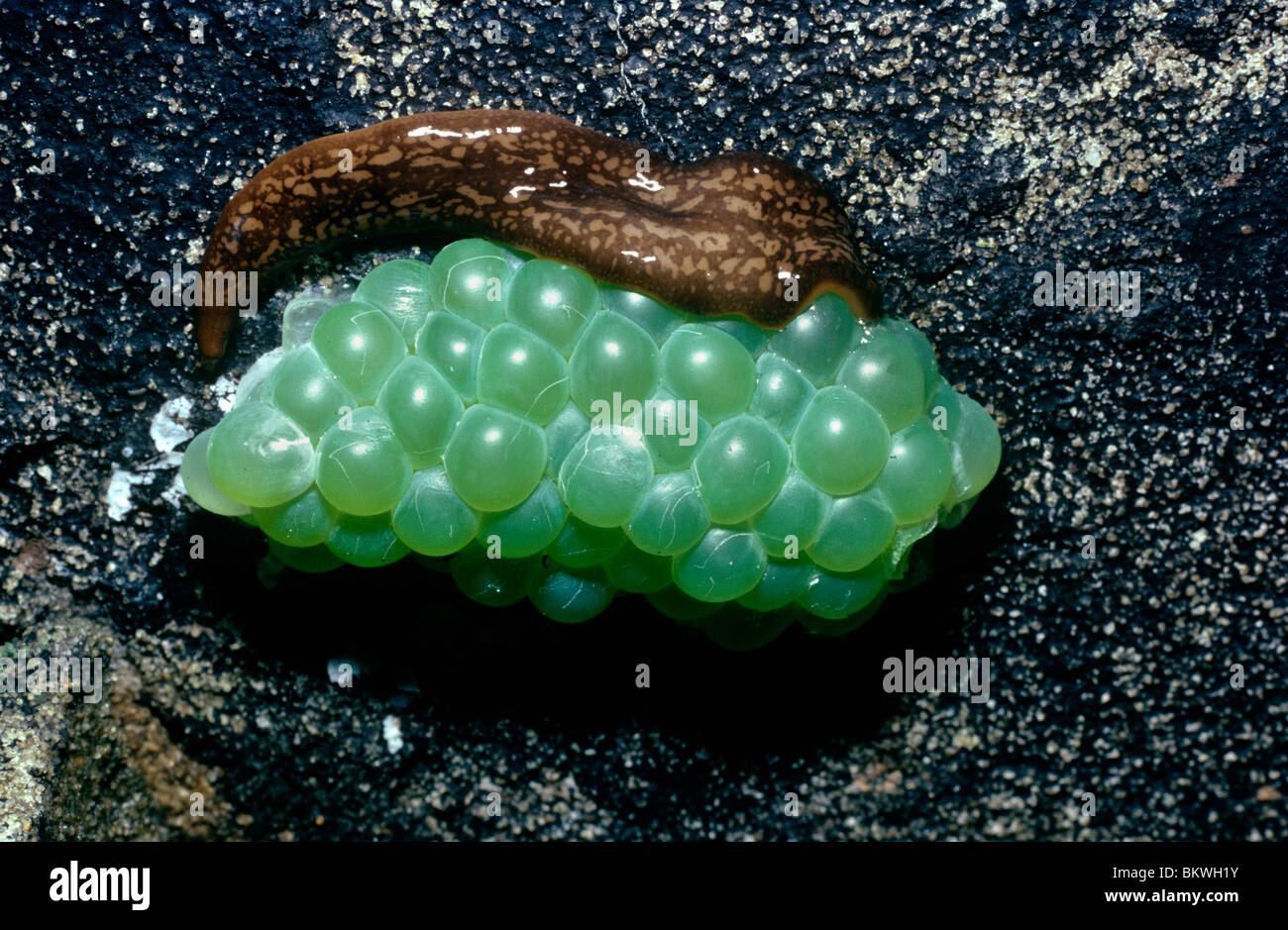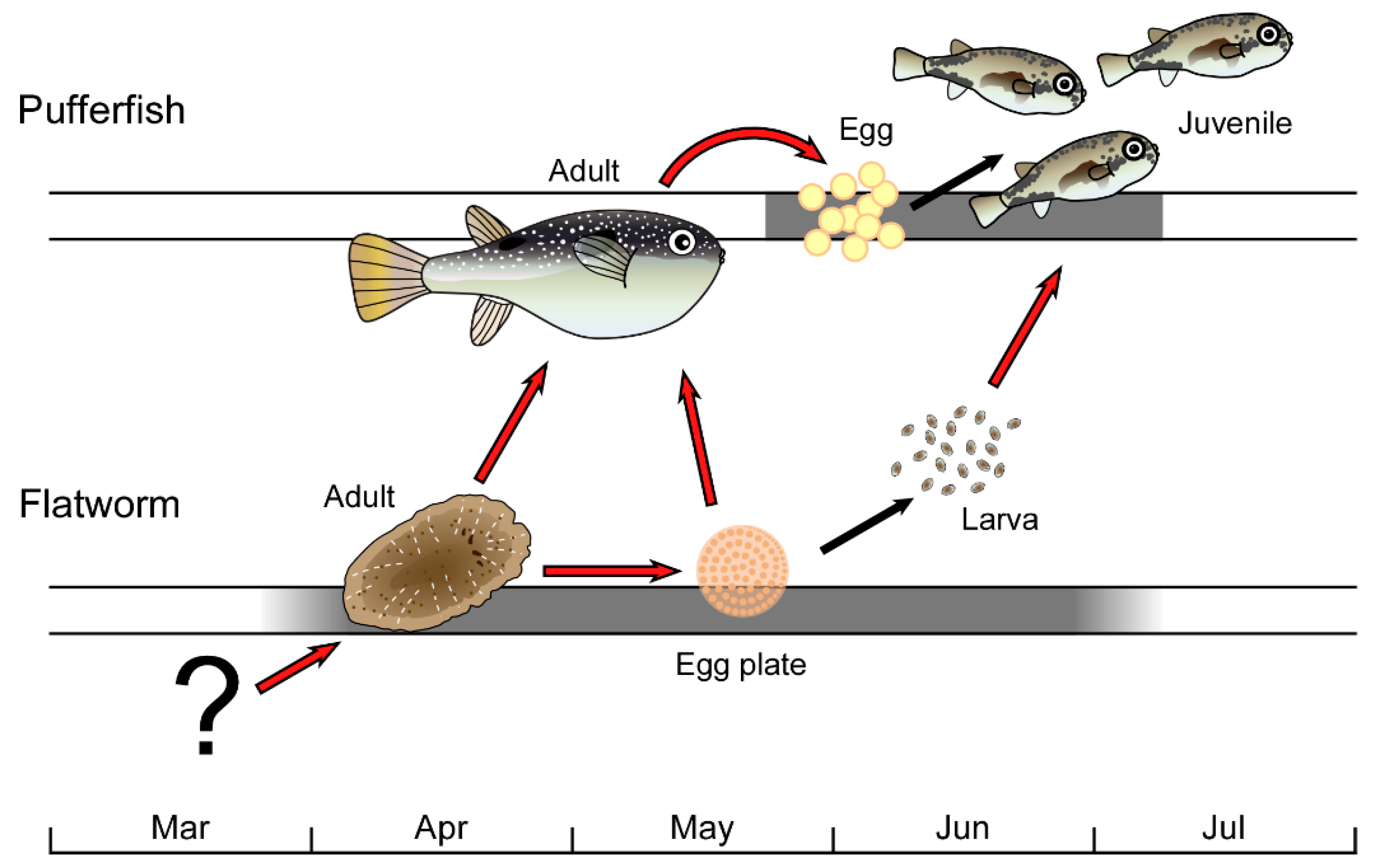


In the first week, two tiny spots appear on the piece of planarian: new eyes grown from scratch. "How do we genetically modify these worms so that we can put in our own genes," Hall wonders, "or remove existing genes to better understand how their regenerative programs function?"Ī chunk of planarian with no tail and no head can regrow both in just three weeks, and the process is astounding to watch. This would allow researchers to insert different genes into planarians and study what those genes do. Regeneration is replacing the tissue that was lost."Īt Stanford University, Hall is working to make a green fluorescent planarian - one that would be genetically engineered with a protein to glow green under a certain type of light. "It's too short of a process to have tissue replacement. "Healing is more like closing the wound and cleaning debris," Hall says.

But our limbs don't grow right back if they are cut off, the way that planarians regenerate. When we suffer a severe injury, the best we can hope for is that our wounds will heal. Hall and researchers around the world are hard at work trying to understand how most of a group of flatworms called planarians can use powerful stem cells to regenerate their entire bodies, an ability humans can only dream of. "The head will just go off and do its own thing," says Hall, a doctoral student of bioengineering at Stanford University.īut within three weeks, the other pieces, as well as the head, will each have grown into a complete flatworm - identical to the one Hall sliced up - dark brown and about a half-inch long. Three of the flatworm's four pieces have started to wriggle away from each other its head is moving in circles under Hall's microscope. Nelson Hall wants you to know that the googly-eyed flatworm he just sliced into four pieces is going to be OK.


 0 kommentar(er)
0 kommentar(er)
